How 9/11 Was a Relief for Whales
For the rest of the day on September 11, 2001 after the attacks on the Twin Towers and the Pentagon, whales in the North Atlantic must have been heaving a huge sigh of relief. They could hear properly again.
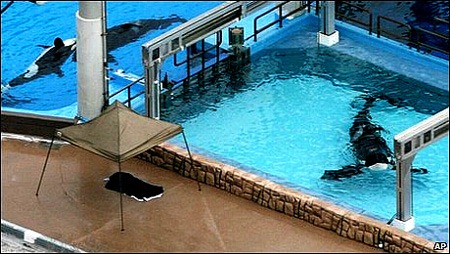 The Whale Who Took Down SeaWorld
The Whale Who Took Down SeaWorld
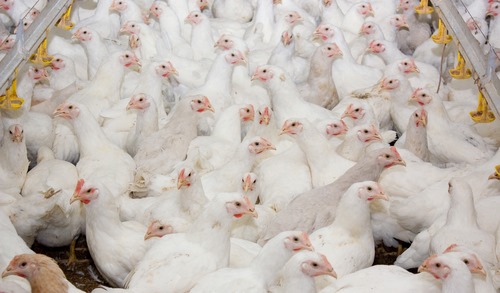 Egg Industry Concession Is No ‘Victory’
Egg Industry Concession Is No ‘Victory’
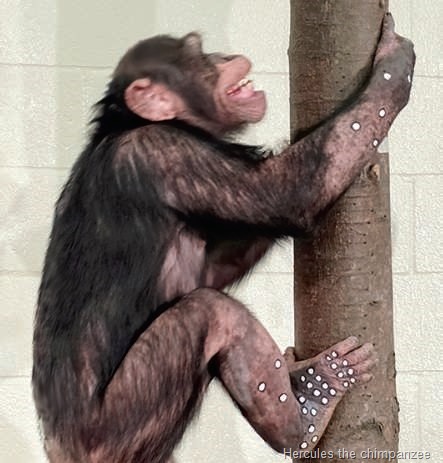 For Chimps, the End of Vivisection, Almost
For Chimps, the End of Vivisection, Almost
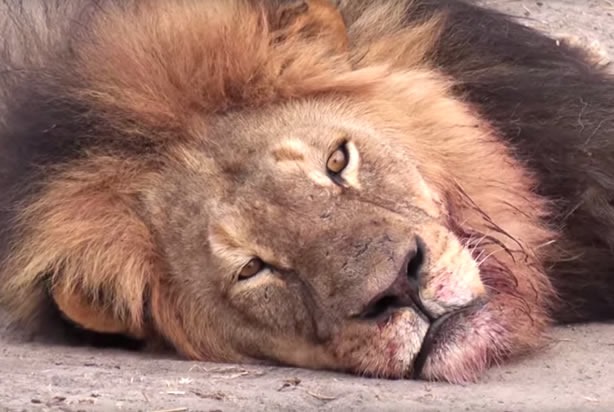 Cecil Is the Least of It
Cecil Is the Least of It
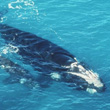
For the rest of the day on September 11, 2001 after the attacks on the Twin Towers and the Pentagon, whales in the North Atlantic must have been heaving a huge sigh of relief. They could hear properly again.
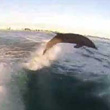
Keith Overton was recording video of his son, Mitchell, wake surfing behind their boat near St. Pete Beach, Florida yesterday. A couple of dolphins decided to join in on the fun.

Yesterday, a Federal Court in San Diego held a hearing on a Motion to Dismiss filed by SeaWorld in a case where PETA claimed that SeaWorld was enslaving orcas in violation of the Thirteenth Amendment to the United States Constitution.
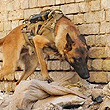
It’s the Rugged Automated Training System – RATS, the latest Pentagon venture to turn furry animals into bomb detectors.
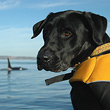
Scientists trying to determine why killer whales are dying off are getting help from dogs; specifically, their keen sense of smell. In Washington State’s Puget Sound, scientists are examining the feces of killer whales to determine if factors such as pollution, boat traffic, and eating habits are to blame for the mammals’ declining population.
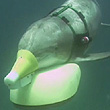
After seeing our report on the U.S. Navy once again deploying its dolphin conscripts to the Persian Gulf, a reader wrote in to remind us about a 60 Minutes story from back in 1973, when Morley Safer interviewed various dolphin trainers and military personnel.
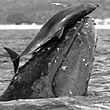
Many species interact in the wild, most often as predator and prey. But recent encounters between humpback whales and bottlenose dolphins reveal a playful side to interspecies interaction.

Animal rights philosopher Peter Singer weighs in on the question of whether the U.S. military has any right to use dolphins as minesweepers in the Persian Gulf.

In 2010, the Seattle Times reported that the Navy has 80 bottlenose dolphins in the San Diego Bay alone. They are taught to hunt for mines and drop acoustic transponders nearby.
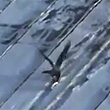
Can anyone doubt that this crow is simply having a great time in the snow with his/her “snowboard”? This amateur video, shot from a high-rise window in Russia, speaks volumes about a crow’s inner life. That it is play is undeniable. And there’s much more: tool use, planning, the emotion of fun.
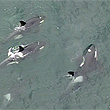
A family of orcas in Puget Sound off the coast of Seattle yesterday.
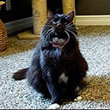
Check this out: An “unadoptable” pet gets gassed at the shelter, but survives and finds a home. So now they’re looking for better ways to kill the dogs and cats!

The H5N1 virus (aka bird flu) is rearing its head again in Asia, where huge, dirty, inhumane chicken markets are a breeding ground for dangerous bugs and viruses that can be carried around the world by humans, by birds or by other animals.
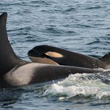
Keep baby J-48 in your thoughts this Holiday weekend. She’s the third calf to be born to the extended family of orcas (killer whales) known as the J pod. The calf, the third to be born this year among the three pods, was first observed last weekend by NOAA researchers.
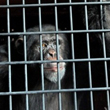
The good news is that the National Institutes of Health (NIH) has accepted the recommendations of an expert panel to cut way back on using chimpanzees in medical research.
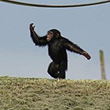
It’s first-class travel for Bradley the chimp. He’s one of the last of the chimps on their way from the former Coulston Research Facility to a new home in Florida.
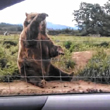
This friendly bear is like the classic old guy on the front porch who waves at passing cars. The bear was just hanging out at the Olympic Game Farm sanctuary in Washington state when a family drove by.
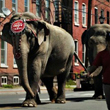
There’s a lot of long, hard work to be done on behalf of these animals and others. But never before have there been so many lawsuits and government actions being leveled against the captivity industry.

Daniel, the dog who survived the gas chamber at an Alabama pound, made his first TV appearance on Anderson Cooper’s new daytime TV show
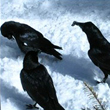
We humans point at things with our fingers, or by motioning with our head and eyes. Other apes do much the same thing. Now we know that raven do it, too. In their case, they point with their beaks.